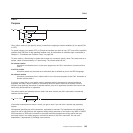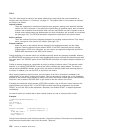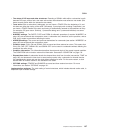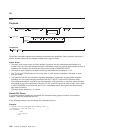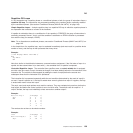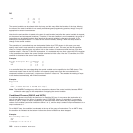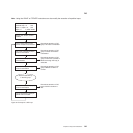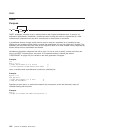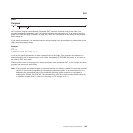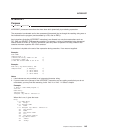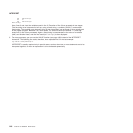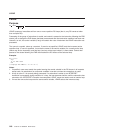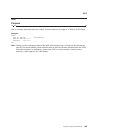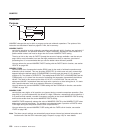
EXIT
Purpose
EXIT
expression
;
EXIT leaves a program unconditionally. Optionally EXIT returns a character string to the caller. The
program is stopped immediately, even if an internal routine is currently being run. If no internal routine is
active, RETURN (see page “Purpose” on page 161) and EXIT are identical in their effect on the program
that is being run.
If you specify expression, it is evaluated and the string resulting from the evaluation is passed back to the
caller when the program stops.
Example:
j=3
Exit j*4
/* Would exit with the string '12' */
If you do not specify expression, no data is passed back to the caller. If the program was called as an
external function, this is detected as an error—either immediately (if RETURN was used), or on return to
the caller (if EXIT was used).
“Running off the end” of the program is always equivalent to the instruction EXIT, in that it stops the whole
program and returns no result string.
Note: If the program was called through a command interface, an attempt is made to convert the returned
value to a return code acceptable by the underlying operating system. If the conversion fails, it is
deemed to be unsuccessful due to the underlying operating system and thus is not subject to
trapping with SIGNAL ON SYNTAX. The returned string must be a whole number whose value fits
in a general register (that is, must be in the range -2**31 through 2**31-1).
EXIT
Chapter 13. Keyword Instructions 143



